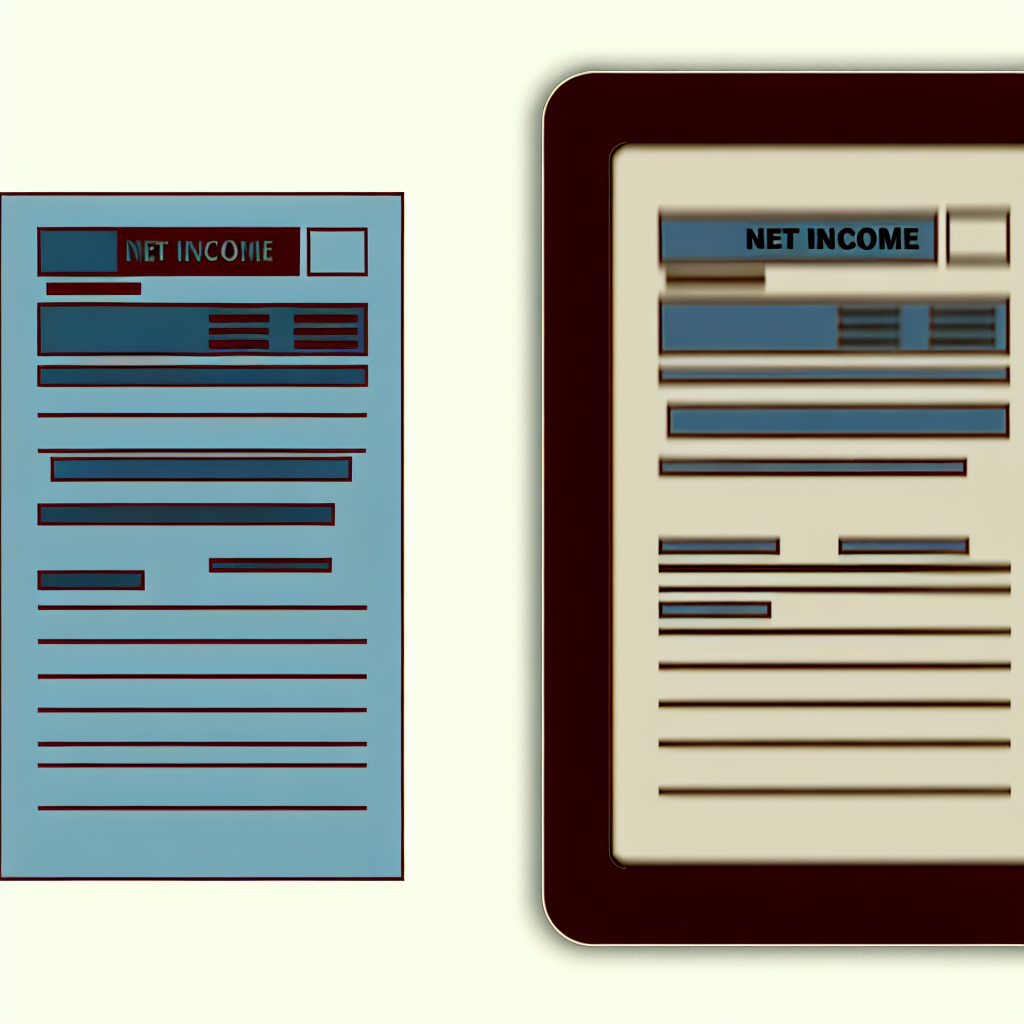
Understanding National Insurance (NI) contributions and their implications is essential for any HR professional in the UK, especially in 2024 where the employment landscape is continuously evolving. This comprehensive guide will explain what NI contributions are, their significance, current trends, and key benefits, providing valuable insights that can help you better support your organisation and employees.
What is NI in a Payslip?
Definition and Purpose
National Insurance contributions are a specific tax type that enables employees to accumulate benefits for future situations, such as pensions and state benefits. These deductions are made directly from wages and pension contributions by employers, with the collected funds submitted to Her Majesty’s Revenue and Customs (HMRC) alongside income tax payments.
Key Components on a Payslip
An employee’s payslip typically displays their NI category and National Insurance number. The NI category letter is particularly significant, as it determines the contribution rate and the benefits the employee is entitled to receive. While most employees fall under category A, various categories exist based on age, marital status, or employment type.
Significance of NI Contributions
Government Expenditure
NI contributions are directly channelled into central government revenue, which is utilised to fund public services across essential areas such as social security, health, and education. This expenditure supports vital services like pensions, healthcare, and educational institutions that form the backbone of society.
Employer and Employee Contributions
Both employers and employees are responsible for making NI contributions. The applicable rates can fluctuate depending on income brackets and specific payroll settings established by the employer. Most employees contribute 12% on earnings ranging from £242.01 to £967 per week. Employers, on the other hand, also contribute a percentage based on the employee’s earnings, with rates varying between 13.8% and 15.05% depending on income levels.
Current Trends in National Insurance
Rates and Thresholds
The NI system operates on a progressive rate structure, meaning contributions increase as earnings go beyond established thresholds. For example, during the 2022-23 tax year, employees paid 13.25% on earnings between £242.01 and £967 per week, with a reduced rate of 3.25% applying to earnings above this threshold. Furthermore, employers’ rates vary according to the employee’s income level.
Employment Allowance
An important consideration for HR professionals is the employment allowance, which allows qualifying employers to reduce their overall NI contribution liability by up to £5,000 annually. This allowance is particularly beneficial for small employers, many of whom might find themselves exempt from paying employer NI contributions altogether.
Technological Advances
With the rise of advanced payroll solutions, managing NI contributions has become more streamlined for employers. Modern payroll systems now allow easy categorisation of employees based on NI category letters, ensuring precise calculations and effective management of payroll processes.
Key Benefits of National Insurance Contributions
Social Security Benefits
Making NI contributions qualifies individuals for essential social security benefits, including the state pension. This is crucial for providing financial stability and security during retirement, ensuring individuals can maintain a certain quality of life after their working years.
Progressive Taxation
The NI framework operates on a progressive taxation model, where higher earners contribute at increased rates. This system aids in income redistribution, allowing public services to be funded more equitably, ultimately benefiting society as a whole.
Public Spending
Funds gathered from NI contributions are allocated to various public spending initiatives, encompassing healthcare, education, and social welfare programmes. By directing resources to these areas, we ensure that essential services are available to support the wider population.
Conclusion
In conclusion, a solid understanding of National Insurance contributions is vital for HR professionals who wish to support their employees effectively. By grasping the significance of NI on payslips, you empower employees to better navigate their financial commitments, fostering a workplace culture that values transparency and education. As an HR professional, you can play a crucial role in helping your organisation adapt to changes in employment legislation and ensure that both employer and employee obligations are met.
As the landscape continues to evolve, your ability to keep abreast of updates regarding NI contributions and to communicate these changes effectively will help reinforce trust within your workforce. This commitment to employee welfare not only fosters goodwill but also enhances employee engagement and satisfaction.
Remember, effective communication strategies regarding these financial processes can make a notable difference in enhancing employee understanding and retention in your organisation.
For more information, you can consult the following resources:
- Payslip Abbreviations in the UK: Codes and Information Explained – Personio
- Understanding Your Payslip – The Money Charity
- National Insurance category letters explained – Shape Payroll
- National Insurance contributions explained – IFS Taxlab
- What is National Insurance Category Letter & NI A Meaning on Payslip? – DH Payroll
Vadim Kouznetsov is a distinguished entrepreneur and the visionary founder and CEO of JobXDubai.com, the UAE’s rapidly expanding job board. Renowned for his expertise in bridging the gap between job seekers and employment opportunities, Vadim has become a leading authority in the recruitment and job market of Dubai.
